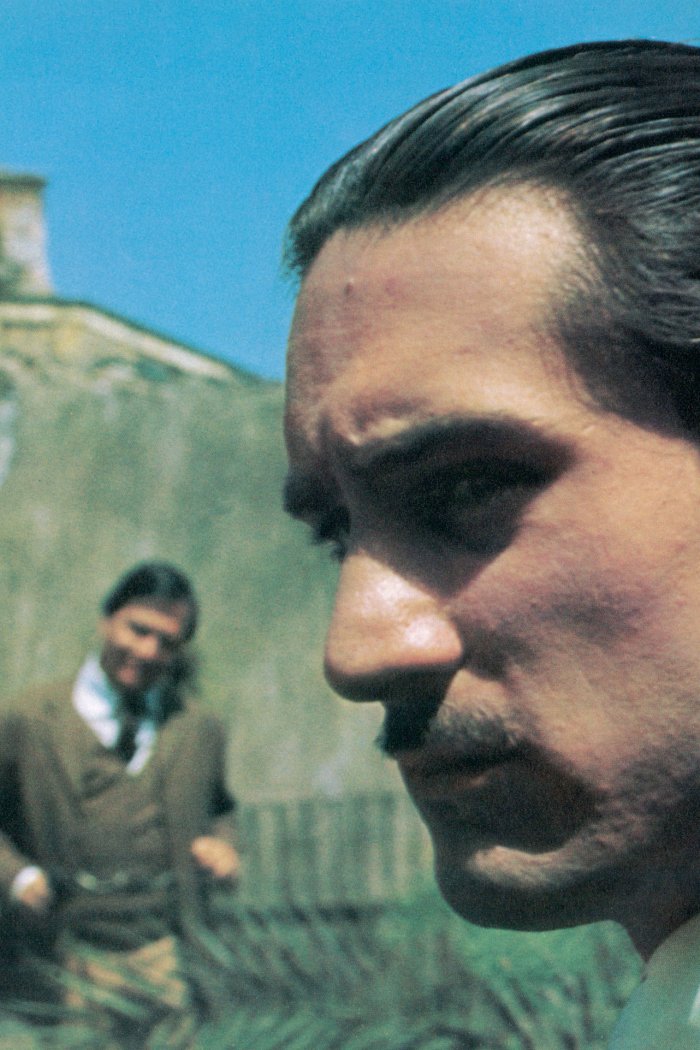By now, the world is used to David Lynch’s weirdness. But in 1986, Blue Velvet—so peculiar, so disturbing, so exhilarating—felt like the beginning of an amorphous revolution, and even if the movie left you feeling shaken, you automatically knew which side you were on. A guileless college student, Kyle MacLachlan’s Jeffrey Beaumont, returns to his hometown of Lumberton, N.C., where he finds a severed ear in a field—it lies there, pale and bloodless, like an inedible mushroom. Following the trail of its mystery, and with the help of a local detective’s daughter—Laura Dern’s Sandy, practically vibrating with small-town sweetness—he’s drawn into the world of gangster sicko Frank Booth (Dennis Hopper), who has a wholly unhealthy hold on a local nightclub singer, Dorothy Vallens (Isabella Rossellini). Jeffrey is the quintessential naif; his face looks to have been scrubbed clean with a Neutrogena bar. But not only does he get a glimpse into Frank and Dorothy’s violent and twisted relationship; he too is seduced by Dorothy, who begs him to fulfill her masochistic desires. And so on. It’s possible to love Blue Velvet even as you want to run a mile from its visions of depravity. But Lynch and cinematographer Frederick Elmes make it all look so beautiful, so seductive. Jeffrey is drawn, as we are, to both the comforting hominess of Lumberton and the sordidness of Frank’s world, with its faded art deco interiors and nighttime neon temptations. And then, of course, there’s Rossellini’s Dorothy, possessed of a sensuous, lunar beauty, the movie’s true north, the one you want to protect. No wonder Jeffrey is drawn to her. And it’s her face, even more than the Kodak-red roses of Lumberton, that stays with you across the decades.
- Cybersecurity Experts Are Sounding the Alarm on DOGE
- Meet the 2025 Women of the Year
- The Harsh Truth About Disability Inclusion
- Why Do More Young Adults Have Cancer?
- Colman Domingo Leads With Radical Love
- How to Get Better at Doing Things Alone
- Michelle Zauner Stares Down the Darkness




